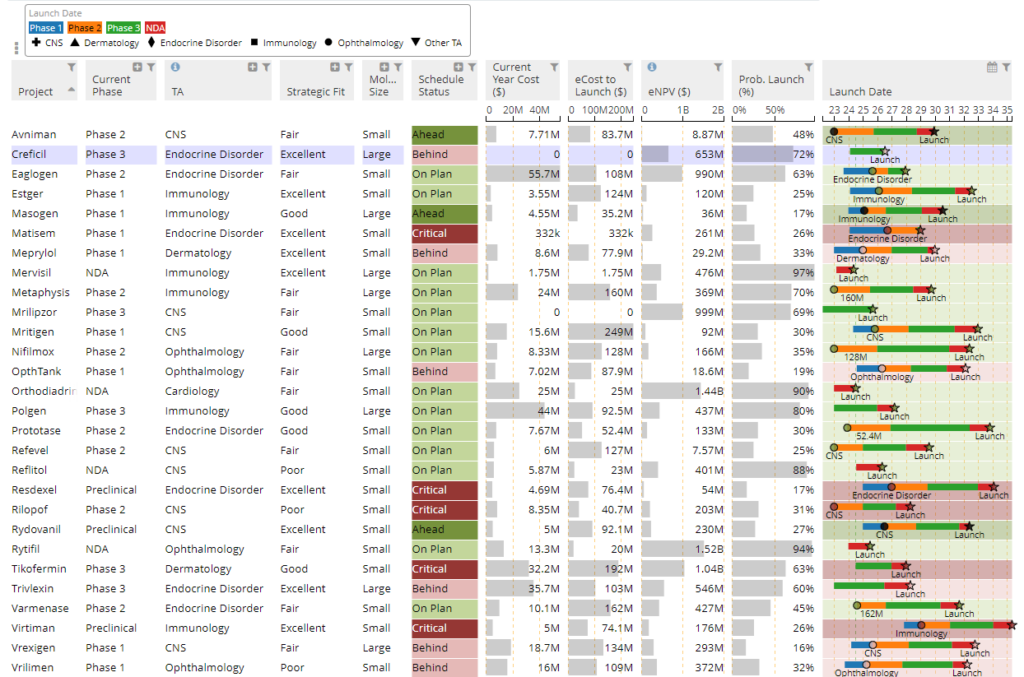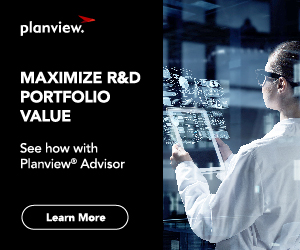Almost daily, we hear from companies that they want to create “a single source of truth” for portfolio management at their company. Software providers list “single source of truth” as a key feature of their products. And, in the midst of our months-long shelter-in-place, leveraging the collective wisdom of the company to make critical decisions is harder than ever, adding urgency to the need for a single source of truth.
Like many buzzwords, though, “single source of truth” needs some clarification: What is it, how do I get one, and is it enough?
If you’re still downloading data to Excel each week so you can update your PowerPoint deck, you’re not reaping the benefits of a single source of truth
What Is a Single Source of Truth?
A “single source of truth” is one place everyone can turn to for decision-relevant information on internal initiatives. It is a compelling alternative to spreadsheets, slide decks, and other assorted, incomplete, and out-of-date documents scattered hither and yon throughout a company. A single source of truth is different from those other records in several ways:
- It is always up to date, so you can trust the information it contains to be the latest available on each initiative.
- It is always complete, with no information hiding away in some dark corner of the company.
- It is always traceable, with every piece of information accompanied by an audit trail that includes dates and responsible parties for every change or update. Planview Advisor, for example, ensures that every input of every project data point and scenario is attributable to a team member or corporate data source.
- It is always accessible, with a front-end interface that lets you find what you’re looking for and generate text and visual summaries with a few clicks. Planview Advisor provides a point-and-click exploration of your initiatives at several altitudes, from the company-wide to the individual initiative, and also offers sophisticated prioritization and scenario analysis tools so you can analyze your options in real time.

More than a database, a single source of truth makes your data accessible, with easy methods for exploration and insightful analysis.
If you’re still downloading data to Excel each week so you can update your PowerPoint deck, you’re not reaping the benefits of a single source of truth.
What’s in a Single Source of Truth?
The actual contents of your single source of truth depend on your definition of decision-relevant information: What key information about your initiatives do you need to support effective project review, prioritization, and decision making? The answer to that question may include a variety of information points, but a few are relatively common:
- Project rationales and business cases
- Project milestones and schedule status
- Project budget/staffing needs and current spending
When you make your data wish list, though, don’t go overboard. Making the list of data you’d like to have is easy, but collection is a different matter.
Remember that every piece of information comes at a quadruple cost to the organization.
Remember that every piece of information comes at a quadruple cost to the organization: 1) The cost of creating the information, 2) the cost of verifying it as true (or at least as the best-available information) and gaining consensus about its validity, 3) the cost of keeping it updated as a project evolves, and 4) the cost of presenting and explaining its relevance to critical decisions.
Stick to the bare essentials—only the data you really need for decision-making—and you’ll avoid making enemies of project teams and executives alike.
What’s the Catch?
Creating a single source of truth is so much more than setting up a database or a portfolio management platform–the “where” is far easier to determine than the “how.” Maintaining a quality single source of truth requires thinking not just about the platform’s design but also how to go about maintaining it. You’ll need to think about processes for keeping it up to date and full of the high-quality information executives and project managers need to make high-quality decisions.
Keep it up to date. Is your initiative review an annual affair or a weekly one? There is no one-size-fits-all answer; the right interval depends on the timeframe for progress across your R&D portfolio and the velocity of change across your competitive landscape. Whatever the interval, project teams will need clear guidance on how often to update information, and an assigned team will need to follow up regularly to ensure adherence. Start humble, with infrequent updates but clear expectations about deadlines, and get more ambitious as data collection and refinement become more routine.
Keep it full of high-quality information. If you’re here simply to check the “single source of truth” box, abandon all hope for quality information. Project teams won’t spend their precious time sharing project details unless they see that information distributed in reports and used for critical funding decisions. If executives won’t use the information at hand, why waste time compiling it? Executives must walk the talk—the data must be part of a transparent decision-making process that puts project team generated information front and center.
What’s the Payoff?
The answer to this question is another question: What’s the alternative? The alternative is chaos. Without a single source of truth for your portfolio, you run the risk of:
- Project teams inflating interim results and quietly shifting the goalposts because there is no verifiable history of what the team committed to at the last review.
- Executives and project teams asking the same questions about what is actually funded (and why) at meeting after meeting and receiving inconsistent and vague answers.
- Frustrated executives making critical decisions in the hallways because they don’t trust the incomplete information coming from the review process.
In our experience, only the smallest firms can get by without a single source of truth to guide R&D decision-making. When the executives can no longer remember the details of every initiative and follow their progress on a weekly basis, you need more structure. You need a process for collecting, validating, and thoughtfully arranging key information and a home for it so everyone knows where to go to find the data they need for effective decision making.
Only the smallest firms can get by without a single source of truth to guide decision making
Is It Enough?
Having a reliable, complete, single source of truth is a boon to decision-making. It is akin to an always-ready factbook on the progress of your projects. But is it enough? In the next blog post, we’ll talk about a single source of understanding, which takes the idea of a single source of truth one step further.




